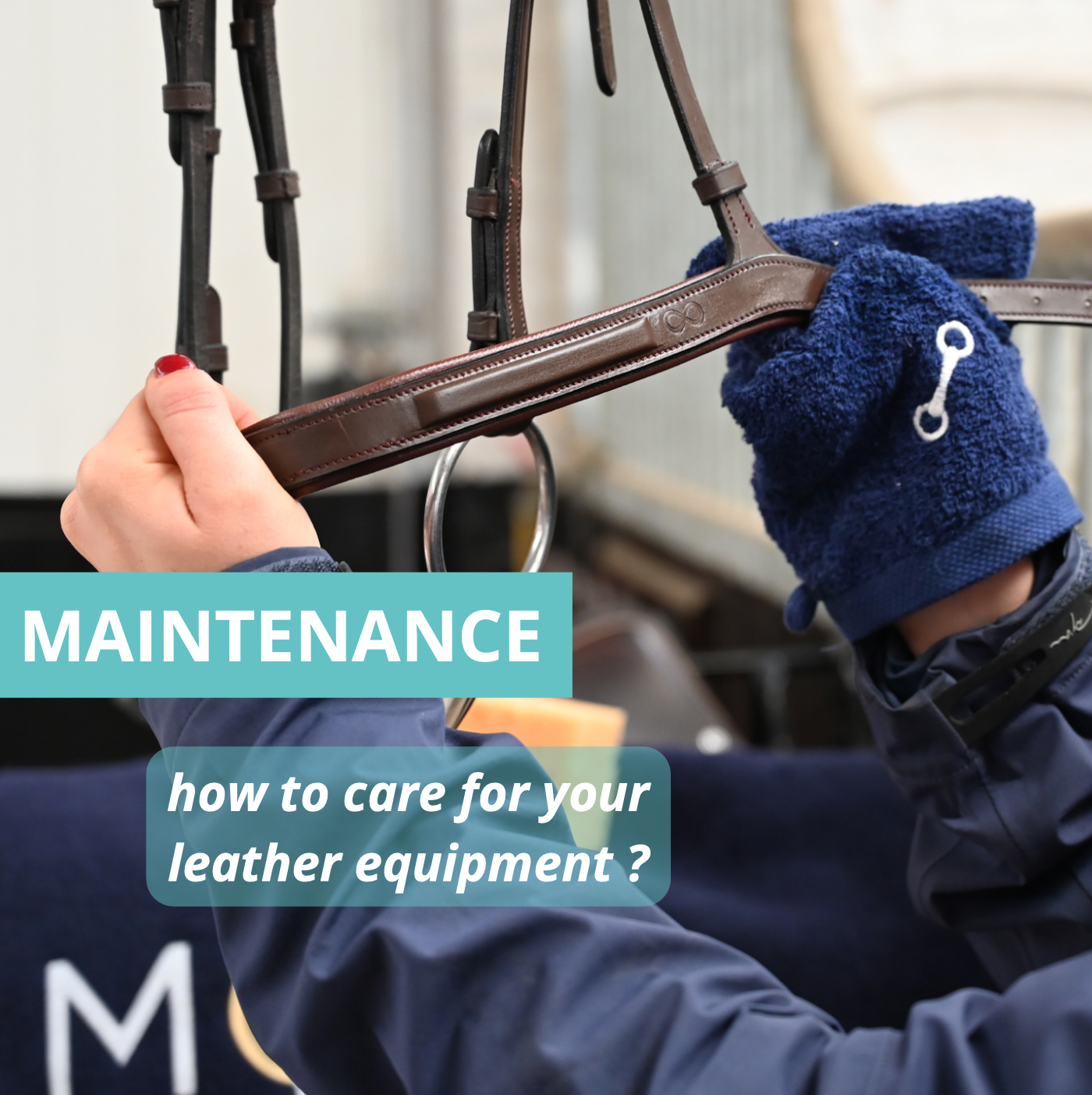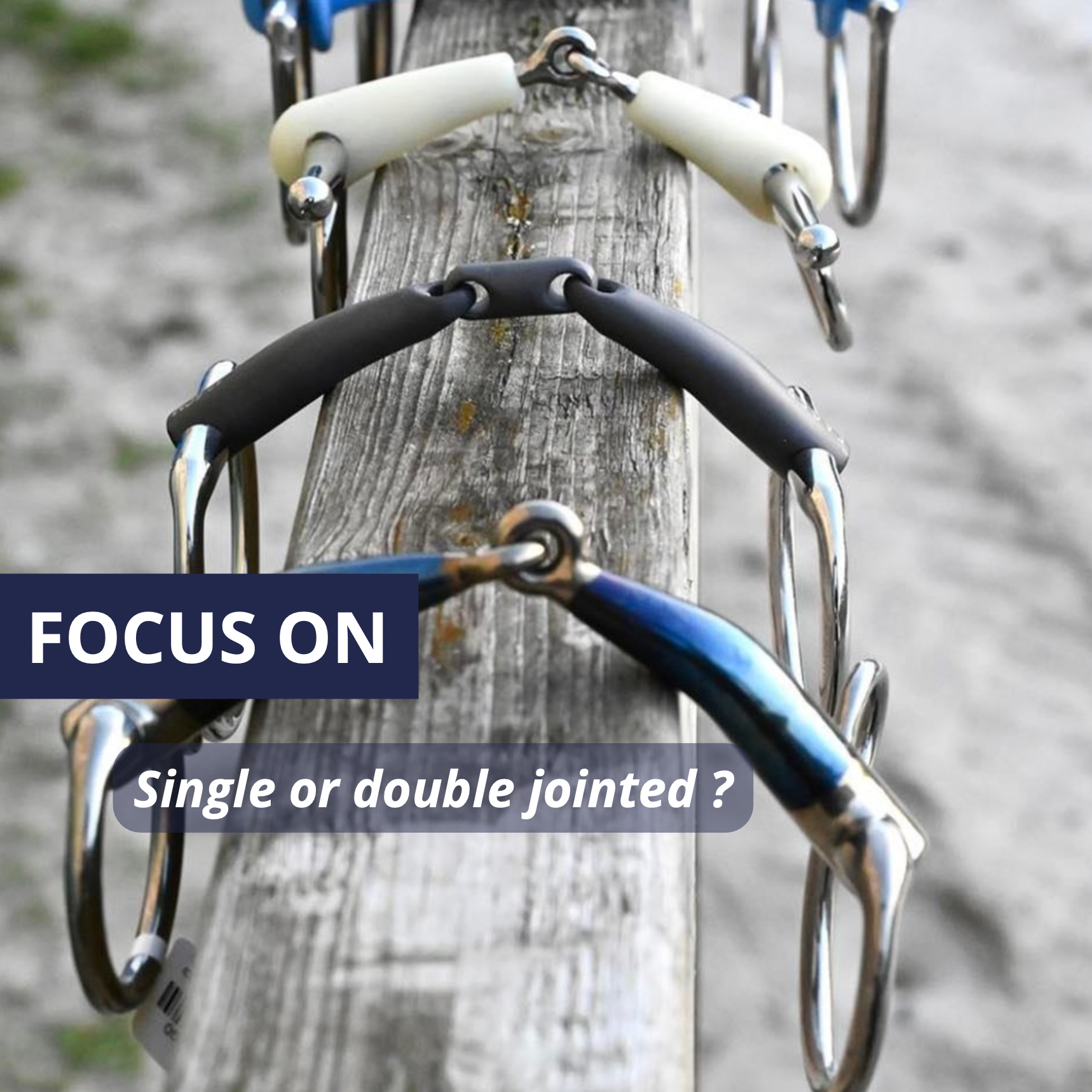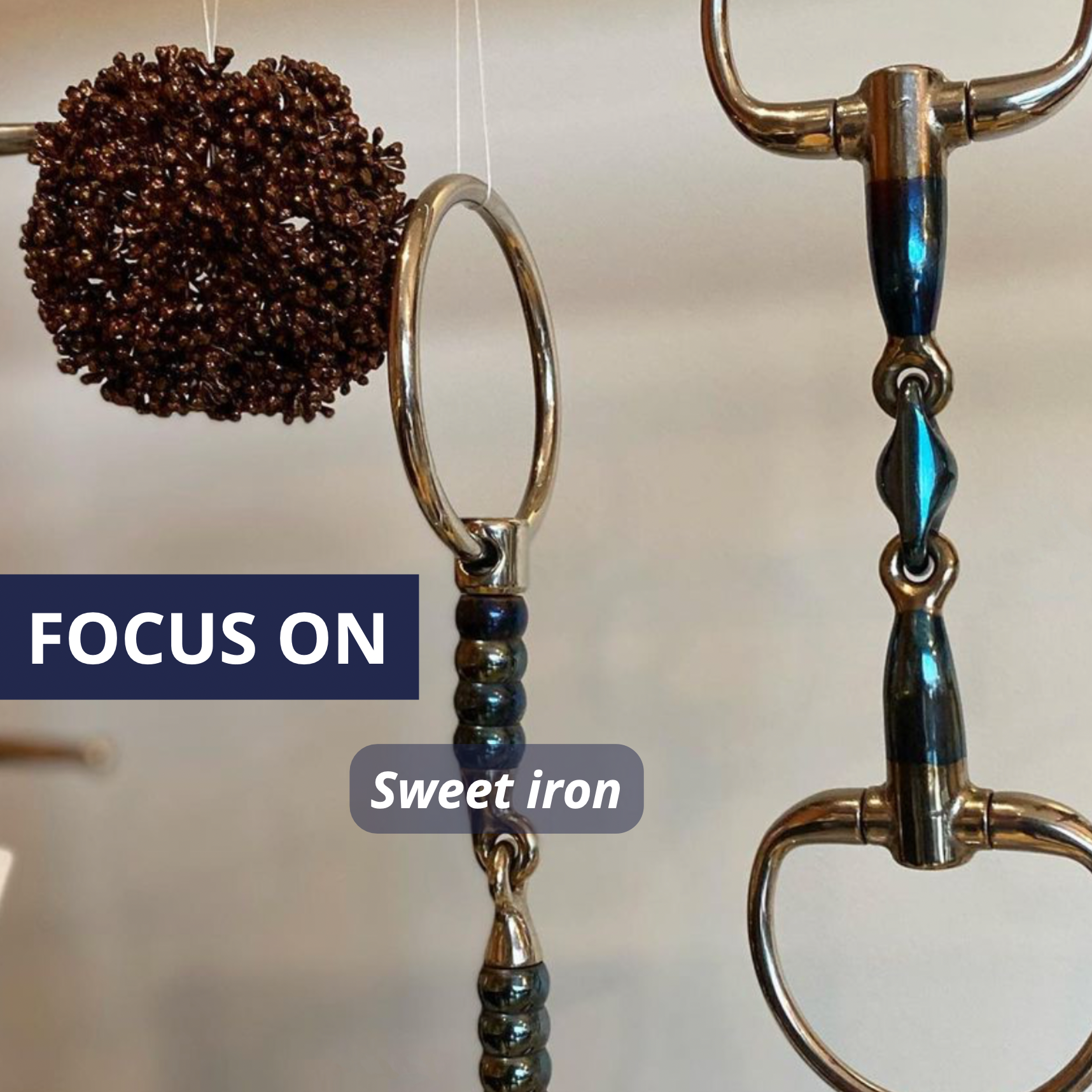
How to maintain your leather equipment ?

A carefully chosen bit is the key to optimal, smooth and fluid communication with the horse 🔑
The choice of a suitable bit that is accepted by the horse depends on several factors, such as:
– Its mouth morphology
– Its character
– Its temperament
– Its experience
But also on :
– The rider’s experience
– The rider’s hand action
– His needs in terms of action
– The setting of the bit and bridle
1️⃣ Firstly, we recommend choosing a suitable barrel for your horse. A suitable bit will remove or limit your horse’s defenses, enhance comfort and improve communication.
2️⃣ Secondly, the choice of rings allows you to refine your action search.
Note that there is a large number of barrels. Mors&More highlights the choice between double or single break.
The double jointed bits distribute the pressure of the reins over a larger area. The action is evenly distributed over the tongue, bars and corners. The double jointed bit limits the “nutcracker” effect on the tongue and palate thanks to the central olive. It has good freedom of movement in the horse’s mouth.
⭐️ This is a versatile bit that can be used for both young and old horses. They are recommended for horses with a sensitive palate or flat palate.
The single jointed bits transmit the rider’s aids to the edges of the tongue, the commissures and the bars. By giving a hand action, the bit forms a V shape and exerts a specific pressure. It releases the middle and lower part of the tongue. This shape can be described as a “nutcracker” action.
⭐️ Like the double jointed, this is a versatile bit that can be used for both young and old horses as well as for all disciplines. Single jointed bits are not recommended for horses with a flat palate. They are best used on horses with a sunken palate that are not sensitive to bars.
These two types of bits are the most common in the equestrian world. They are used for all types of disciplines: show jumping, dressage, racing, western, cross-country, endurance, driving etc…
Nowadays we see more anatomical bits, either single or double jointed.
In conclusion : No one is better than the other one, but your choice must be directed towards the morphological needs of your horse. 😁

How to maintain your leather equipment ?

The Sweet Iron